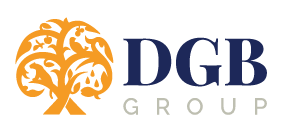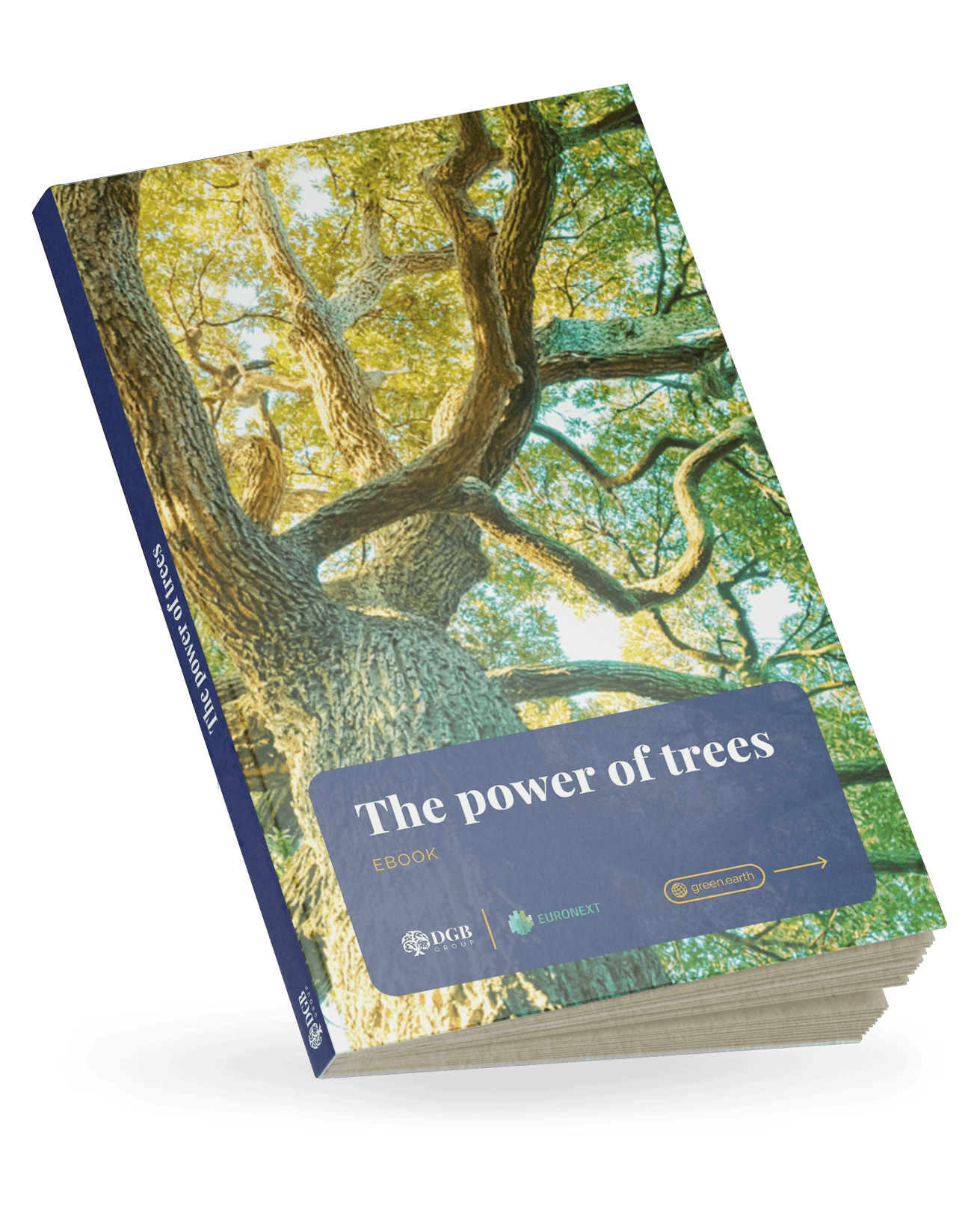The sustainable bond market is poised to maintain its momentum in 2025, with global issuance projected to reach $1 trillion for the fifth consecutive year, according to Moody’s Ratings. Despite evolving political landscapes and increased scrutiny, investor interest in sustainable finance remains robust, driven by commitments to clean energy, climate adaptation, and biodiversity conservation.
 Large trees growing densely along the horizon. AI generated picture.
Large trees growing densely along the horizon. AI generated picture.
Green bonds are set to continue their dominance in the sustainable bond sector, with expected issuances reaching a record $620 billion in 2025. These bonds primarily finance environmental forward projects, benefiting from policy support, corporate sustainability commitments, and the decreasing costs of clean energy technology.
In addition to traditional renewable energy and efficiency projects, there is a growing focus on financing adaptation measures. The economic and social toll of extreme weather events has spurred interest in nature-based projects, ecosystem conservation, and emerging green technologies for carbon-intensive industries. Last year, adaptation and nature-related financing accounted for nearly a quarter of green and sustainability bond proceeds, a trend that is likely to continue.
Read more: Exploring innovative structures for green bonds
While green bonds thrive, social bond issuance is expected to decline by 9% in 2025, reaching $150 billion. The drop is attributed to a shortage of large-scale projects and reduced demand for pandemic-related financing. However, issuance levels remain well above pre-pandemic figures, highlighting continued investor interest in social impact initiatives.
Sustainability bonds, which blend green and social projects, are projected to remain steady at $175 billion. This segment has shown consistent growth over the past decade, supported by an increasingly diverse group of issuers.
Transition bonds, which help finance a shift to low-carbon operations, are expected to remain a small but stable segment of the market. Following Japan’s significant $11 billion issuance in 2024, overall volumes are anticipated to stay at $20 billion in 2025, with potential for broader global adoption.
Sustainability-linked bonds (SLBs), which tie financial incentives to environmental or social targets, may see a 14% increase to $35 billion in issuance this year. However, this remains far below the peak levels observed between 2021 and 2023. Investor concerns about the credibility of SLB targets continue to limit expansion, though they remain a flexible option for companies without immediate capital-intensive sustainability investments.
The sustainable bond market is evolving differently across regions. Europe is expected to remain the largest issuer, with projected volumes of $465 billion, bolstered by the European Green Bond Standard introduced in late 2024. In Asia-Pacific, sustainable bond issuance will likely total $238 billion, with transition finance playing a crucial role.
Read more: Buyers favour higher quality carbon credits despite premium costs
In North America, issuance is anticipated to remain subdued following a decline in federal clean energy investment, though private and state-level initiatives are expected to provide some support. Meanwhile, Latin America and the Caribbean could experience a rebound in 2025, driven by increased activity surrounding COP30 in Brazil.
Despite steady issuance in advanced economies, emerging markets continue to face environmental finance hurdles. Sustainable bond issuance fell by 8% last year to $145 billion, with annual funding needs exceeding $1 trillion. Innovative financing models and increased participation from multilateral development banks could help bridge this gap.
As sustainability-focused financing continues to mature, issuers are expanding bond frameworks to include adaptation and resilience projects. From flood management initiatives in the Netherlands to wildfire prevention investments by US utilities, sustainable finance is evolving to address both mitigation and adaptation challenges. The rise of blue bonds, which support marine and coastal ecosystems, further underscores the diversification of this market.
Looking ahead, the sustainable bond sector’s ability to navigate concerns over greenwashing, regulatory complexities, and political uncertainty will be key to sustaining its growth. With green bonds leading the way and adaptation finance gaining traction, the market remains a crucial pillar in global sustainability efforts.
Read more: Buy green bonds: a sustainable investment for a greener future
The sustainable bond market’s continued strength at $1 trillion underscores the growing demand for investments that drive real environmental impact. Green bonds remain a dominant force, financing environmental solutions and nature-based projects that protect ecosystems and support global sustainability goals. At DGB, we go beyond traditional green finance—we create tangible solutions that restore nature, enhance biodiversity, and generate long-term value. Be part of this global transformation. Invest in sustainability today and shape a greener, more resilient future.




